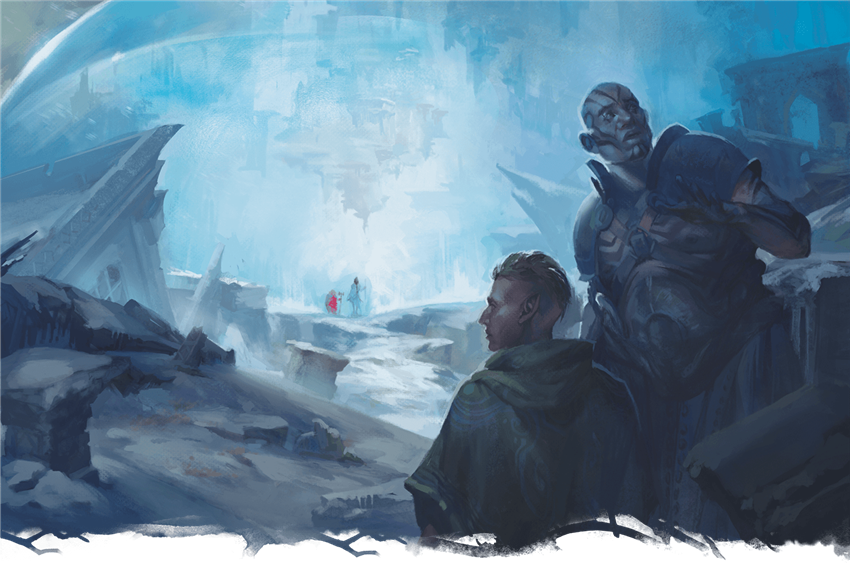

My current table in my homebrew has no healing other than a paladin with her Lay On Hands ability. To balance the encounter for your table, taking healing into consideration is huge. I believe that a good balanced encounter is where players have to plan and think a bit more instead of going on a rampage. At the start, players and creatures roll initiative.ĭepending on dice rolls, a high level party can kill a high level monster in about 5 or 6 rounds. With action economy, it boils down to who goes first and how many actions they have. All you have to do is add creatures and it tells you whether this will be a easy, medium, hard, or deadly encounter.

The website lets you choose how many players you have and what level they are. I let Kobold Fight Club do the math for me and it cuts down on my planning time. It also does not take into account any magic items, healing, or the environment. The chart falls apart at less than 4 players and more than 5 players. While this is a good starting point, it is not the end all, be all, to determine what to use. Challenge rating is a math equation that Wizards of the Coast made to determine how strong a monster is in relation to a party of 4 characters.Ī CR of 1 means one creature with this rating can go up against a party of LV 1 characters. The second thing to consider is challenge rating. Hoard of the Dragon Queen is one fine example of having players go up against a dragon in the first chapter. Sending a dragon against your players at level one will kill them outright. The creatures that your players are going to face will depend on whether they are level one or level 6. One of the most important things to consider when balancing encounters is to think about player levels. At one time, I struggled with balancing encounters for my players. Personally, encounters are the one thing that I need to plan beforehand. How easy will this encounter be? Is the goal to let the players steamroll their way through the enemies or do they need to be smarter with their resources? As a Dungeon Master, I typically have these questions answered before I even start setting up the session for my players. Combat is where, I believe, players and their characters can showcase their skills and teamwork ability. There is going to be story progression at least that will be the goalsome role-playing, but most importantly, there is going to be combat. Just remember that we assumed both "well-rested" and "single monster." Once you relax either of those assumptions all of this math's out the window, and you need to re-evaluate.Running a session for Dungeons and Dragons follows a minor formula of sorts. At level 1 a CR3 monster is Super-Deadly TM. After that, CR+1 yields Medium encounters.ĬR=APL+2 is. During levels 2-4 bumping up the CR by 1 yields a Hard encounter. The exceptions are at levels 10, 14-16, 18, and 19 where the monster one CR lower than APL still yields a Medium encounter.ĬR=APL+1 starts Deadly, then scales back. (Recall the encounter descriptors in "Combat Encounter Difficulty" on DMG p.82.) The exceptions are at levels 5-7, where the "CR-appropriate" monster actuallyĬR=APL-1 usually yields an Easy encounter. So let's assume for the moment a party of 4 and a single monster, do the XP-math, and classify each encounter:ĬR=Average Party Level (APL) usually yields a Medium encounter. Recall that CR is meant to be a statement that 4 equipped and rested adventurers of the same level as the CR should find the monster a "worthy" challenge (MM p.8, paraphrasing). "what is the range of CR that they can fight?" Luckily, tools like Kobold Fight Club, spreadsheets, and a head for numbers make it not too onerous to do this until you feel you don't need to any more. As and have pointed out, you've got to do the XP-math to evaluate the encounter against the guidelines.


 0 kommentar(er)
0 kommentar(er)
